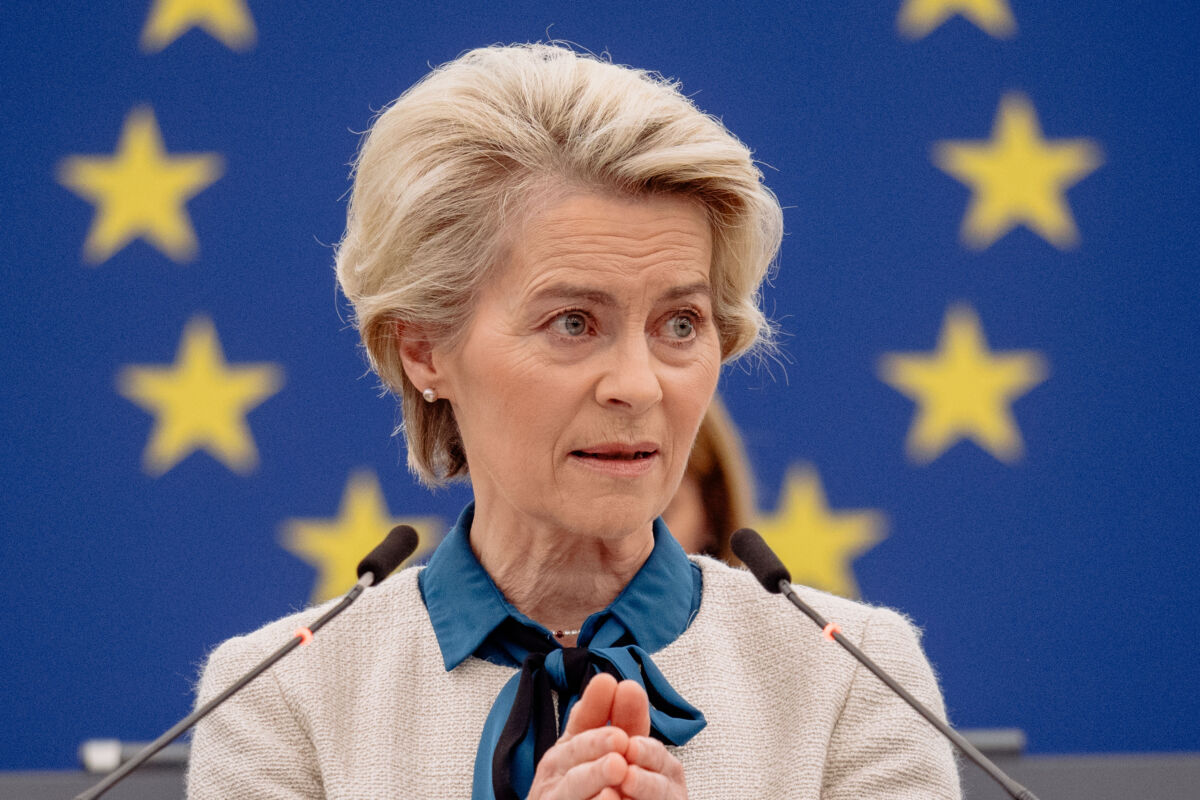With war on the borders, rising geopolitical tensions and an uncertain political outlook ahead of the European elections, it shouldn’t come as a surprise that digital policy (for once) is not hitting the headlines in Europe these days.
Yet despite Europe’s well-known lag vis-à-vis other major world powers, there is another story to be told about Europe’s digital agenda. The EU is gradually laying the foundations of a ground-breaking digital edifice which may boost its future role as a geopolitical actor, a prosperity project and an economic power. And as we fast approach the European elections, European policymakers need to ensure that this is a key priority in the next mandate.
This may sound surprising to some. The vox populi is that Europe is very good at drafting regulation, yet very bad at virtually everything else. And indeed, until now that vox populi has been vox dei – the voice of God – as the ancient Romans would put it. But this tide could turn if future EU policymakers are able to anticipate a shift from legislation to tech-enabled standards and from large corporate structures to decentralised, human-centric solutions.
Currently, the electoral manifestos of the major European political coalitions seem to be mostly concerned with Europe’s competitiveness and ability to innovate. Yet more progressive coalitions do emphasise the need for a European Data Space and the ‘human in control principle, much more than their right-wing equivalents.
This is to say that the election results will make a big difference on the direction Europe will take on digital. Some want to concentrate the market to create European giants to rival the American (and increasingly Chinese) behemoths, while others prefer to decentralise it to empower citizens. Some want to prioritise ‘made in Europe’, others prefer ‘made according to European values’. And while all these policy goals could be pursued, the eventual blend settled on be crucial.
The near future holds both good and bad prospects for Europe’s digital path. Let’s start with the not-so-good news. The Brussels effect will likely wane in the years to come, as the world realises that its poster child, the EU General Data Protection Regulation, has not seen high compliance rates, did not stop the massive reuse and abuse of personal data and instead triggered several unintended effects (even helping tech giants to keep their rivals at bay).
What’s more, in the GDPR revision that will already take the spotlight next year, technology-enabled measures will have to come to the rescue. In other words, rules will have to give way to technological standards.
The same is likely to happen for the flurry of legislation tabled and adopted by the EU over the past five years. Many of them are truly revolutionary. The Digital Services Act made a U-turn on a principle that governed the internet for over three decades (namely, no liability for online intermediaries). The Digital Markets Act breaks the deadlock of clumsy antitrust enforcement in fast-changing markets. The AI Act proposes the world’s first-ever comprehensive AI regulatory framework. The Data Act seeks to enhance data flows without giving up on end user protection and the fairness of exchanges, in conjunction with data spaces and the Data Governance Act.
But these rules are as sacrosanct as they are thorny to implement. That’s why the word ‘implementation’ is so recurrent in the aisles of the Commission these days. When it comes to making these rules work, in an increasingly complex and fast-changing environment, the EU will have to depart from traditional legislative drafting and enforcement and embrace ‘RegTech’, regulation through tech standards and protocols. This includes inspecting algorithms in real time, receiving constant data flows from regulated entities, applying AI to monitoring and inspections – and more.
Suffice to say, all this isn’t easy for institutions that are starting only now to hire IT experts and not without difficulties. After all, there is no choice – either the EU embraces new forms of agile, tech-enabled regulation, or it will fall prey to the growing information asymmetry that plays so much to tech companies’ advantage.
The outlook for the next five-year mandate improves a lot if one considers what the EU is starting to do on digital identity and the digital wallet, with the rise of decentralised solutions that empower citizens and businesses in what is increasingly called ‘Digital Public Infrastructure’.
Creating such a DPI, or what experts start calling the ‘EuroStack’ (akin to the ‘India Stack’ proposed under the auspices of the G20) has the potential to revitalise Europe’s digital ecosystem, by realising the promise of a data-driven Single Market. Countries like Germany are already looking into similar solutions. What’s more, the EuroStack could become a blueprint for partner countries around the world, to also be implemented in the context of Global Gateway connectivity projects.
By doubling down on the DPI, the next five years will offer the EU a chance to chart a ‘third way’ to digital transformation, rather than emulating the models prevailing in the US or China. A third way that is way more compatible with the EU’s values and principles and promise to create value not only in Europe but around the world. This would be the best way for Europe to open up its digital public space and propose a set of solutions to help those countries that would otherwise be dramatically excluded from the AI revolution. A treat for democracy, competitiveness, technological sovereignty, and strategic autonomy.
To quote what Roberto Viola, the Director-General of the European Commission’s DG CONNECT, told this author during the last CEPS Ideas Lab ‘Europe may not have a lot to sell, but it has a lot to offer’. Understanding this may be the secret to a silent, yet powerful European digital revolution. Setting the right priorities for the post-election agenda is a first and very much needed step towards making it happen.





































